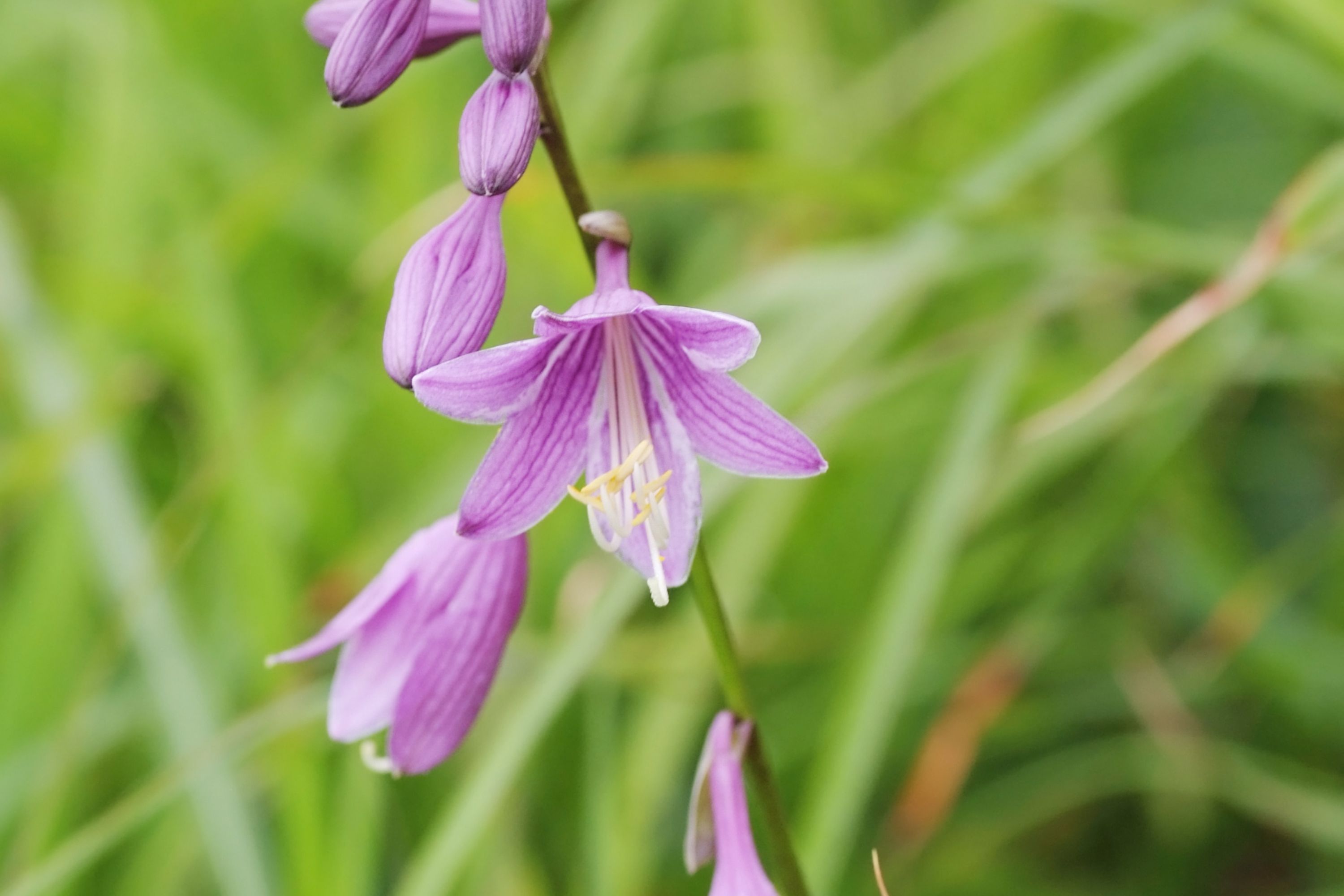Siebold's hosta
(Hosta sieboldii)

Description
Hosta sieboldii, commonly known as Siebold's hosta, is a popular ornamental plant that belongs to the family Asparagaceae. It is native to Japan and Korea and is widely grown in gardens and landscapes around the world. Hosta sieboldii is known for its attractive foliage, which comes in a variety of colors, shapes, and textures. In this article, we will explore the features, growing requirements, and uses of this fascinating plant in detail. Description Hosta sieboldii is a herbaceous perennial that can grow up to 60 centimeters in height and 90 centimeters in width. The plant has a clumping habit, with leaves that emerge from a central crown. The leaves are broadly ovate or heart-shaped and can vary in size from 5 to 15 centimeters in length and 3 to 10 centimeters in width. The leaves have a smooth or slightly wavy margin and a glossy surface. The color of the leaves can range from light green to dark green, blue-green, or yellow-green, and can be variegated with white or cream-colored stripes. The flowers of Hosta sieboldii are produced on tall spikes that rise above the foliage. The flowers are funnel-shaped and can be white, lavender, or pale purple in color. They are not particularly showy and are generally considered to be secondary to the foliage. Growing Requirements Hosta sieboldii is a relatively easy plant to grow and care for. It prefers partial to full shade and moist, well-drained soil that is rich in organic matter. The plant can tolerate a range of soil pH levels, from slightly acidic to slightly alkaline. It is hardy in USDA zones 4 to 8 and can tolerate temperatures down to -34 degrees Celsius. Hosta sieboldii is typically propagated by division in early spring or early fall. The plant should be divided every 3 to 5 years to maintain its vigor and prevent overcrowding. Uses Hosta sieboldii is primarily grown as an ornamental plant in gardens and landscapes. Its attractive foliage and easy-to-grow nature make it a popular choice for shade gardens, woodland gardens, and borders. Hosta sieboldii can also be grown in containers, although it may require more frequent watering in this setting. In addition to its ornamental value, Hosta sieboldii has a number of medicinal properties. The plant has been used in traditional Chinese medicine to treat a variety of ailments, including coughs, asthma, and constipation. The leaves of the plant are believed to contain compounds that have anti-inflammatory and antioxidant properties. Conclusion Hosta sieboldii is a beautiful and versatile plant that is well-suited to a variety of growing conditions. Its attractive foliage, easy-to-grow nature, and medicinal properties make it a popular choice for gardeners and plant enthusiasts around the world. Whether you are looking to create a lush shade garden, add interest to a woodland landscape, or simply enjoy the beauty of this unique plant, Hosta sieboldii is sure to delight.
Taxonomic tree:







